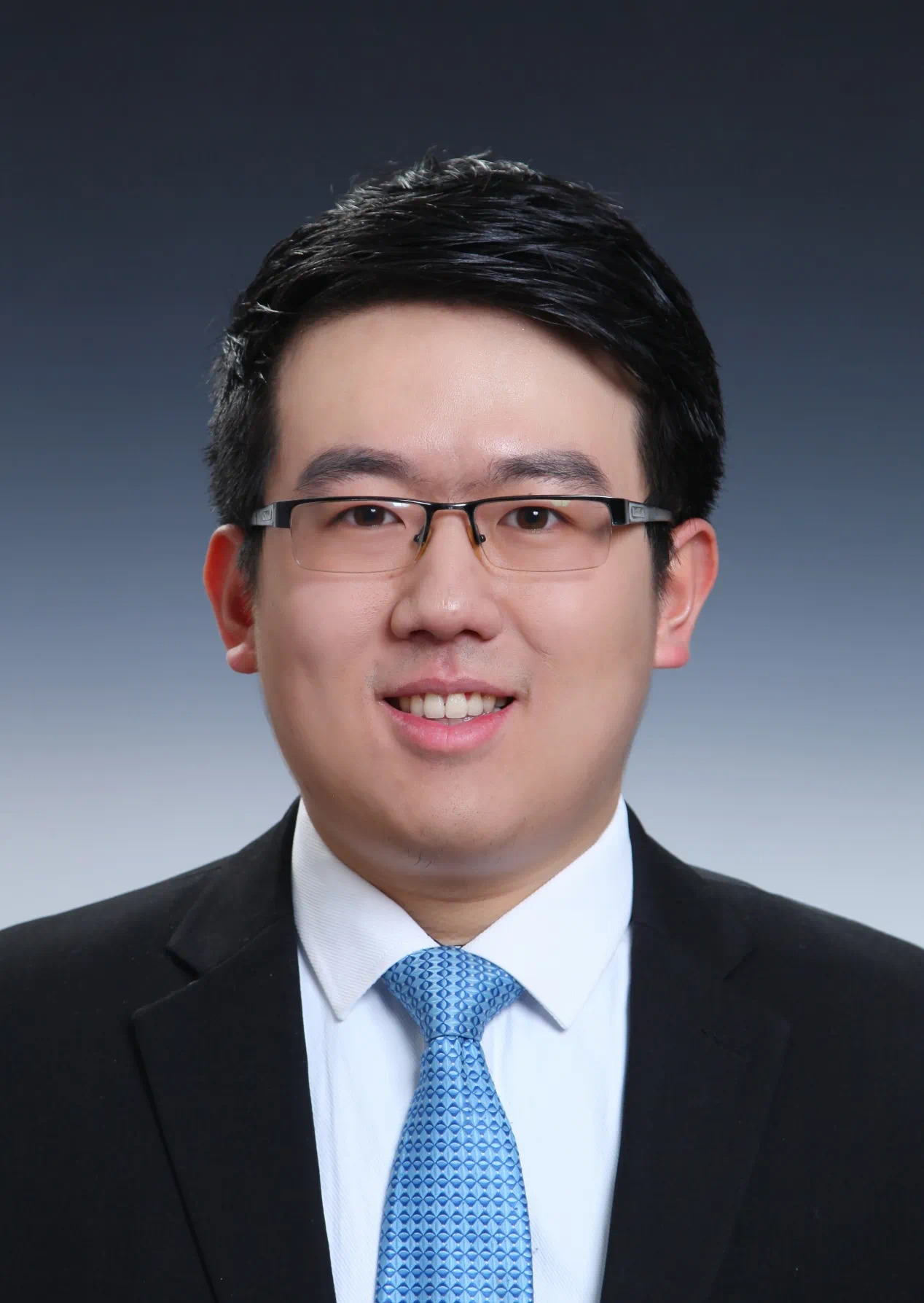Recently, the cooperative paper Optimal Tree Contest Design and Winner-Take-All with Associate Professor Kuang Zhonghong as the corresponding author was officially published on the top game theory journal Games and Economic Behavior. This is Kuang's second paper published in the journal.

Kuang is an associate professor of economics at Renmin University of China. He received his bachelor's degree and doctor's degree from Tsinghua University in 2015 and 2020 respectively and has been working at the School of Economics of Renmin University of China since graduation. His research direction is microeconomic Theory and digital economy, focusing on competition design and information design. His research results have been published in international journals such as Journal of Economic Theory and Games and Economic Behavior (2 articles). He is the director of the National Natural Science Foundation of China and the Youth Project and serves as the director of China Information Economics Society, the executive member of CCF Computational Economics Committee and the reviewer of several UTD24 journals. He is the deputy editor of the digital economy textbook series Platform Economics. Students under his guidance have been awarded the Wu Yuzhang Scholarship (the highest honor for students at Renmin University of China).
Abstract
This paper investigates the effort-maximizing design of multi-stage contests with tree-like architectures, focusing on both contest architecture and prize structure. Given the architecture, we show that the whole budget should be assigned to a single match. This match must be the final if the architecture is symmetric. Moreover, the winner-take-all rule proves to be optimal if the contest organizer can jointly design the architecture and prize structure. To determine the optimal contest architecture, we use dynamic programming and induction to provide a tight upper bound for the optimized total effort level. Our new approach extends the findings of Gradstein and Konrad (1999), offering new insights into how the optimal architecture hinges on the noise level of matches.
For more details, please refer to https://doi.org/10.1016/j.geb.2025.02.007.



